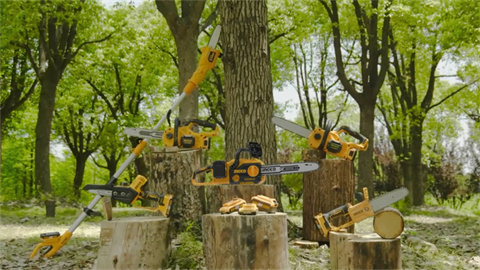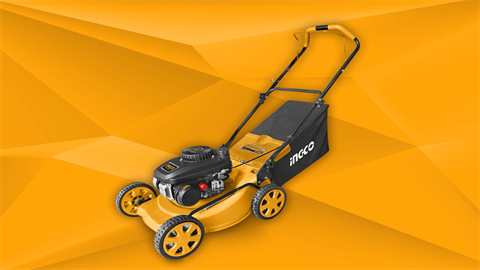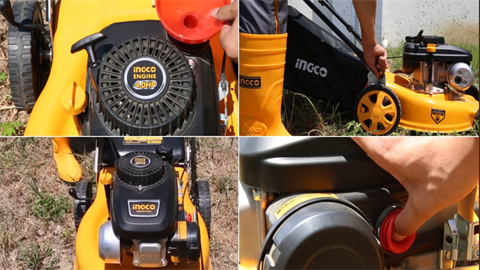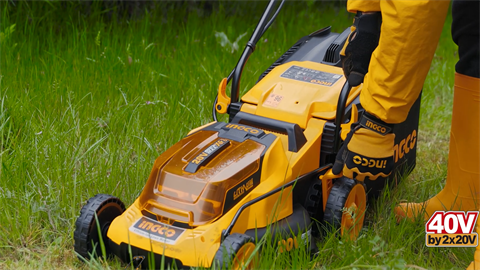Blade Runner: How to Sharpen Lawn Mower Blades Like a Pro
Sharpening your lawn mower blades is essential for keeping your lawn looking its best and your mower running smoothly. Over time, the blades can become dull from regular use, which leads to uneven cuts and can actually harm your grass. R Dull blades tear the grass rather than cutting it cleanly, leaving it with a ragged appearance and making it more vulnerable to diseases and pests.
Whether you're an experienced gardener or just starting out, knowing how to sharpen lawn mower blades and following these steps will help you keep your lawn looking well-manicured and beautiful. Let's get started on the path to a healthier, more attractive lawn with sharp, efficient mower blades.
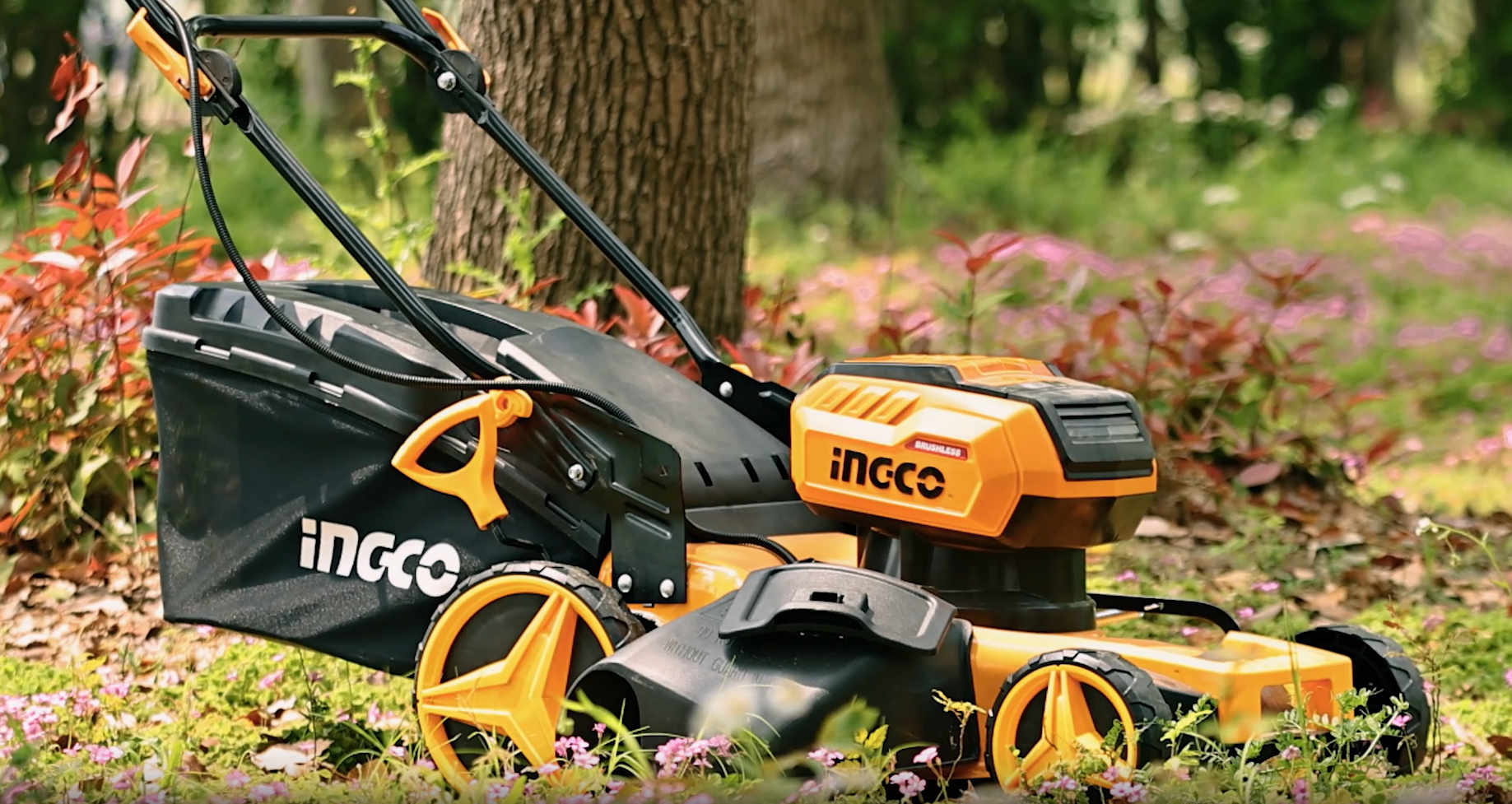
Why Sharpening Lawn Mower Blades Is Important?
Sharpening your lawn mower blades is crucial for a few key reasons. First and foremost, sharp blades ensure a clean, precise cut. When your mower’s blades are sharp, they slice through the grass easily, much like a pair of scissors cutting paper.
Keeping your lawn mower blades sharp also promotes even grass growth. Sharp blades cut the grass uniformly, preventing your lawn from looking patchy or uneven. This uniformity not only enhances the look of your lawn but also ensures that sunlight, water, and nutrients are distributed evenly, fostering healthier and more robust grass growth.
Another big benefit of sharp blades is that they reduce the strain on your lawn mower. When blades are dull, your mower has to work harder to cut through the grass, which puts extra stress on the engine and other parts.
To maintain a pristine lawn, investing in a high-quality lawn mower is essential. For instance, the INGCO lawn mower is designed to provide efficient and reliable performance, ensuring your lawn is cut evenly and precisely. With a reliable mower like INGCO, you'll find that keeping your blades sharp and your lawn looking great is much easier.
When to Sharpen Your Lawn Mower Blades?
Keeping an eye on the condition of your lawn mower blades is essential for maintaining a healthy and attractive lawn. Here are some key signs that indicate it’s time to sharpen your blades:
Uneven Grass Cut
One of the most noticeable signs of dull blades is an uneven cut. After mowing, if you see patches of grass that are taller or shorter than others, it’s a clear indication that the blades are not cutting evenly.
Increased Mowing Effort
If you find that mowing has become more physically demanding or notice that your mower’s engine seems to be working harder than usual, it could be due to dull blades.
Visual Inspection
Regularly checking the condition of your mower blades is a good practice. Look for visible signs of wear and tear, such as nicks, dents, or blunt edges. Over time, blades can become damaged from hitting rocks, sticks, or other debris hidden in the grass.
Tools and Materials Required
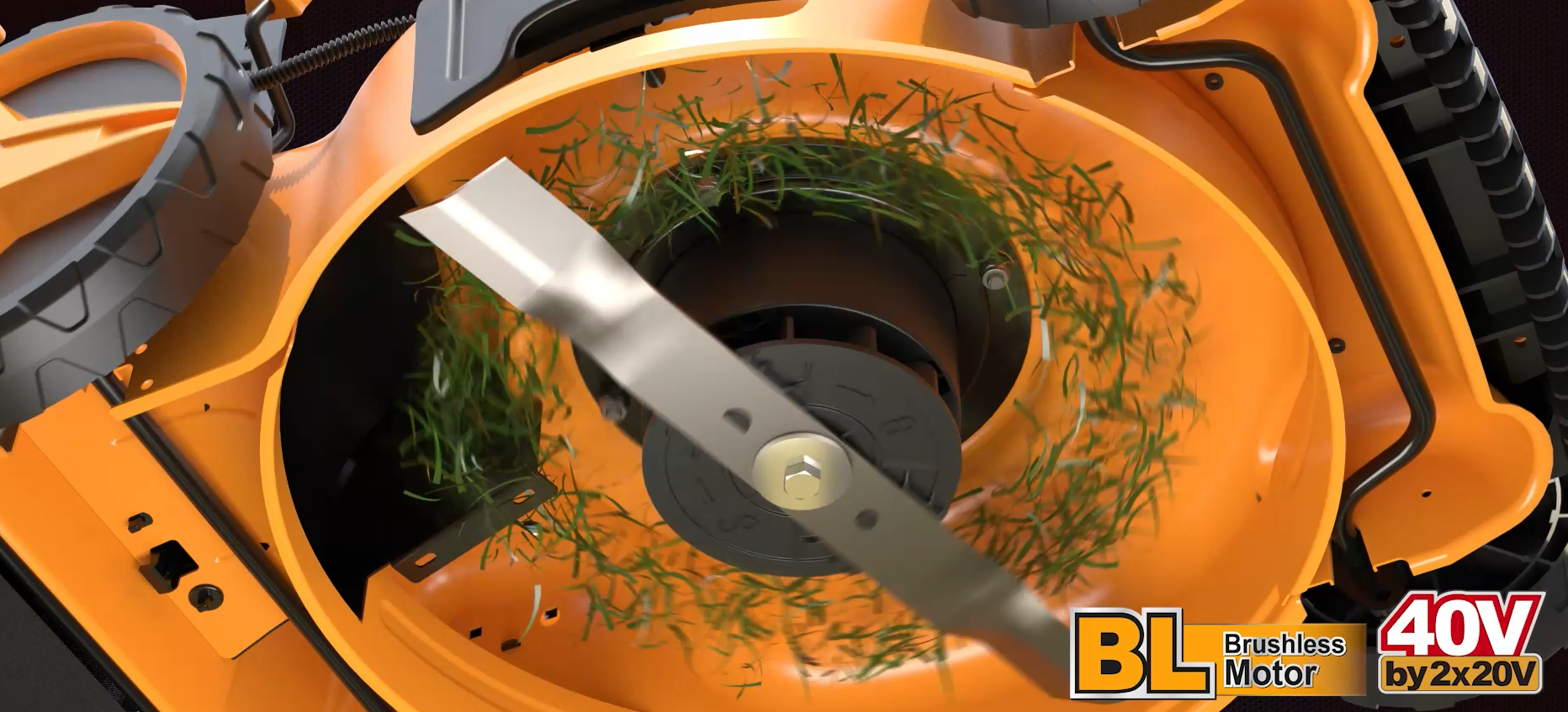
- Wrench or Socket Set: Essential for removing the mower blade. Ensure a proper fit to avoid stripping bolts.
- Blade Sharpening Tool or Bench Grinder: Needed for sharpening. Bench grinders are fast, but metal files or sharpening tools work too.
- Safety Gloves: Protect your hands with cut-resistant gloves while handling sharp blades and tools.
- Safety Goggles: Shield your eyes from metal shavings and sparks during sharpening.
- Workbench with a Clamp: A stable surface to secure the blade for precise and safe sharpening.
- Blade Balancer: Ensures the blade is balanced for even cutting and reduced engine stress.
- Rags or Paper Towels: Clean the blade before and after sharpening.
- WD-40 or Similar Lubricant: Cleans the blade, prevents rust, and loosens stuck bolts.
How Do You Sharpen a Lawn Mower Blade?
1. Safety First: Before you start, it’s crucial to prioritize safety. Disconnect the spark plug wire to prevent the mower from accidentally starting while you’re working on it. This simple step can prevent serious injuries.
2. Remove the Blade: Lay your mower on its side, ensuring the carburetor is facing up to avoid fuel leakage. Use a wrench or socket set to loosen the bolt securing the blade. Take note of the blade’s orientation before removal to ensure you reinstall it correctly later. You might want to mark one side of the blade with a marker or a piece of tape for easy identification.
3. Clean the Blade: Once the blade is removed, clean it thoroughly using a rag and a bit of WD-40 or similar lubricant.
4. Sharpen the Blade: There are different methods to sharpen your blade, depending on the tools you have available.
●Using a Bench Grinder: If you have a bench grinder, hold the blade at the correct angle (usually around 45 degrees) against the grinding wheel. Move the blade steadily and consistently across the grinder to achieve a sharp edge. Be careful not to overheat the blade, as excessive heat can weaken the metal. Dipping the blade in water periodically can help keep it cool.
●Using a File or Sharpening Tool: If you’re using a metal file or a dedicated sharpening tool, clamp the blade securely in a vise. Use smooth, even strokes to sharpen along the cutting edge of the blade, maintaining the original angle. Work from the inside edge to the tip, applying even pressure to ensure a consistent edge. This method might take a bit more time and effort but is equally effective.
5. Balance the Blade: After sharpening, check the balance of the blade. An unbalanced blade can cause vibrations that may damage your mower. Use a blade balancer to check for balance. If one side of the blade dips lower than the other, you’ll need to remove a bit more material from that side until the blade is balanced.
6. Reinstall the Blade: Make sure it is oriented correctly, as per the marks you made earlier. Secure the blade tightly with the bolt, ensuring it is firmly in place to avoid any wobbling during operation.
7. Reconnect the Spark Plug: Finally, reconnect the spark plug wire.
Conclusion
Knowing when and how to sharpen lawn mower blades is key—typically after every 20-25 hours of mowing or when you notice uneven cutting. With the right tools and materials on hand, the sharpening process becomes straightforward. Maintaining sharp blades enhances mower efficiency, reduces wear and tear, and ultimately extends the life of your equipment. Make sharpening a routine part of your lawn care regimen for optimal performance.
FAQs
Can I sharpen a bent or damaged blade?
No, it is not recommended to sharpen a bent or damaged blade. These blades should be replaced as they can cause uneven mowing and damage to your mower.
Can I reuse an old blade that I have sharpened several times?
Yes, you can reuse an old blade that has been sharpened several times as long as it is still in good condition and not overly worn or damaged. However, regularly inspect for signs of thinning or cracks.

